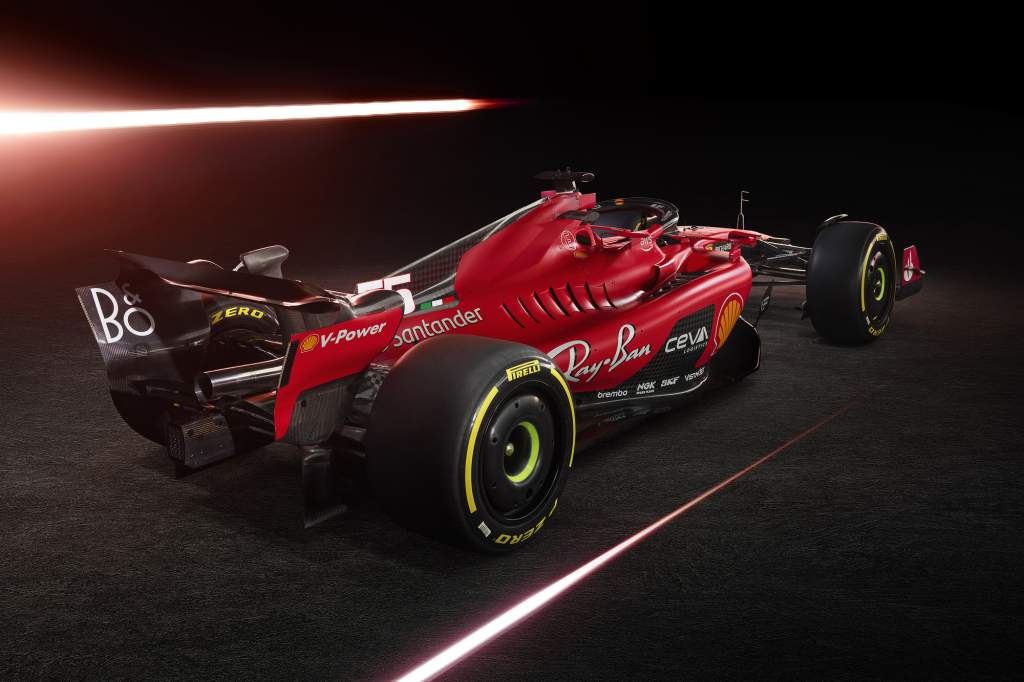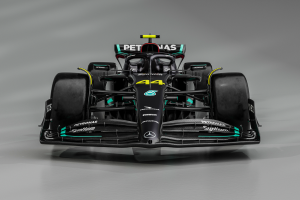Up Next

Formula 1’s engine manufacturers have spent the winter painstakingly pursuing improvements that will yield performance gains even though an engine freeze is in effect.
The specifications of the V6 internal combustion engine, turbocharger, MGU-H, MGU-K, energy store, control electronics, exhaust system, fuel and engine oil were all frozen at different points last year and – barring few exceptions – cannot be changed for the rest of the current rules cycle to the end of 2025.
However, as outlined here, there are still opportunities within the regulations to make changes – both directly and indirectly relating to outright engine performance.
One area that does remain open season-to-season is the software that governs important details like ignition timing, fuel injection and MGU-H/MGU-K management.
From 2023, one software version will be allowed per season for each of the designated ‘ECU PU’ and ‘ERS and PU-CE applications’ (down from five in 2022).

Mercedes High Performance Powertrains boss Hywel Thomas said that means being able to change the way the engines are run “to get that last bit of performance out of it”.
“What we found in the 12 months since the hardware performance freeze, is that there is a lot of value in spending time concentrating and looking in real detail at what the power unit is telling us,” he said.
“Doing analysis and really developing our understanding of how to use the power unit allows us to still make gains through the calibration and the way that we run the engine.
“We’ve got the final performance software freeze ahead of the start of the season so that’s also been a lot of work.
“We have found the most performance through the way we use the engine and that means software upgrades.
“Knowing that it is the final opportunity for development has ensured it’s been a real push to pack in as much work as possible.
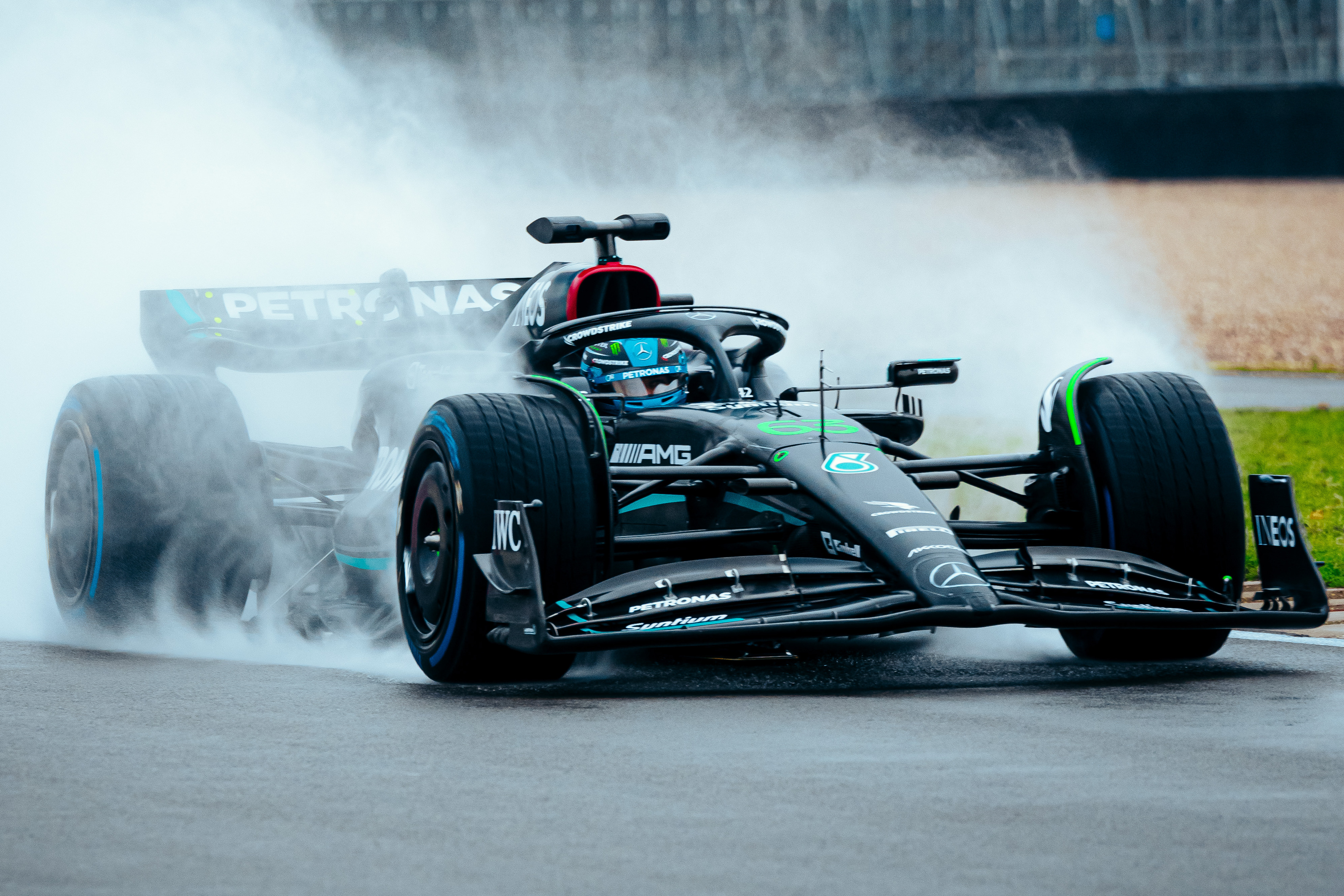
“It’s therefore been a shift in emphasis away from the hardware and into the software.
“It’s an area where our engineering learning has increased a lot so that we can create those opportunities and then deliver on them.”
The scope that software changes have for impacting the performance of the engines is more significant than may be assumed. For instance, changes also come with reliability risks, so they are tested on the dyno for validation.
The other manufacturers have discussed this less but the likelihood is that all of them will bring improvements in an attempt to unleash better performance.
Alpine has suggested it found driveability gains through last season with better calibration, although that was when five different versions were permitted.
Signing off one version for the whole year therefore means it has been an area of focus over the winter, in addition to the reliability changes Alpine had to make on auxiliary items like the water pump that was a year-long problem in 2022.
“We worked hard on the software to have as many possibilities as possible to use during the season because we have one homologation,” said Alpine Racing executive director Bruno Famin, who is in charge of the Renault engine facility in Viry.
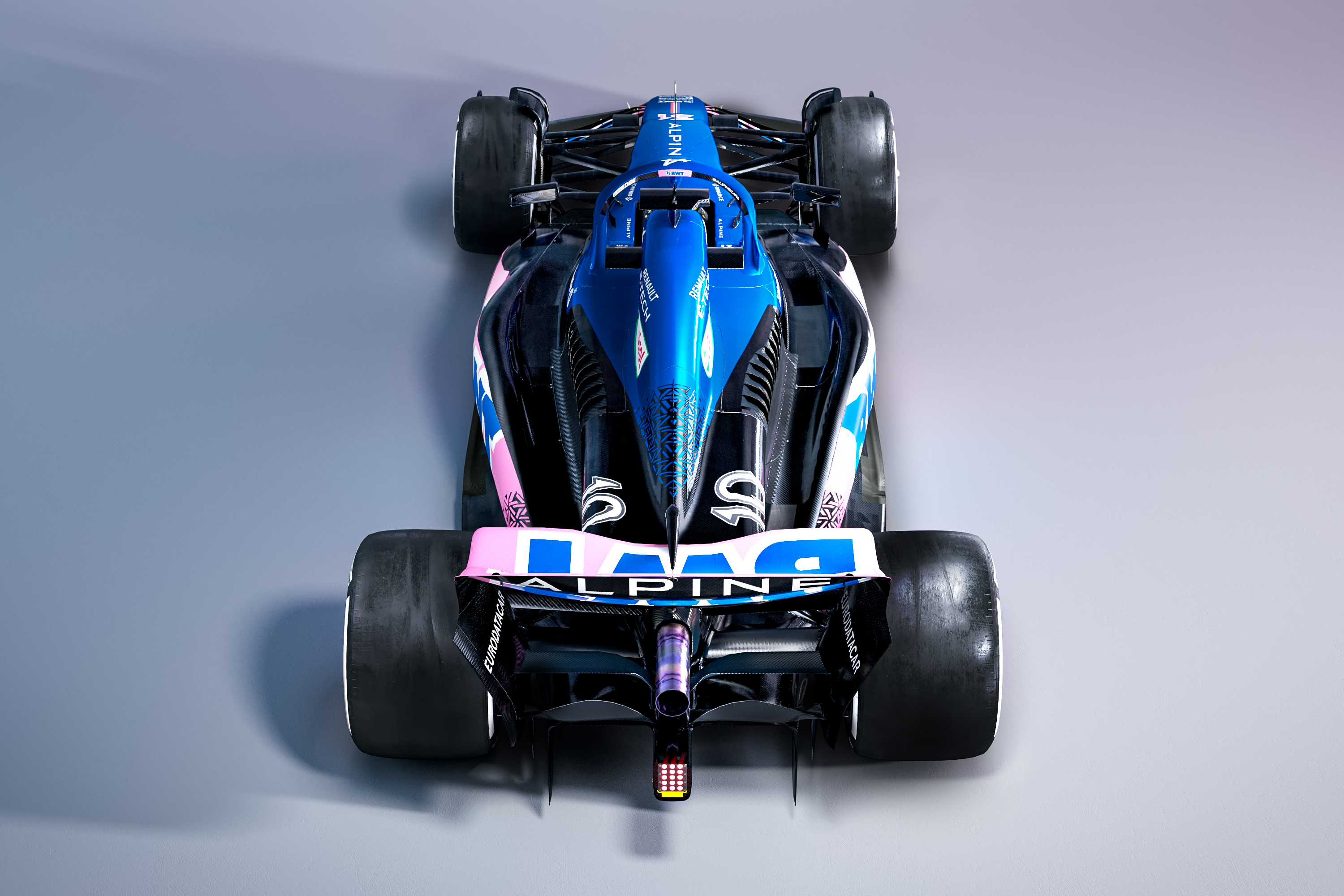
“And we worked on the calibration of course.
“One year ago we were not so good in terms of calibration. At the start of the 2022 season drivers were complaining about driveability.
“That has been solved during the season. I think we worked well on that.
“I hope there will be no major complaints at the start of the 2023 season about driveability.”
Though an outright upgrade to the software is the only direct performance gain permitted in the freeze, “minimal incidental changes” are also permitted for areas such as the exhaust or turbo-compressor position.
These small repackaging opportunities are strictly controlled but may yield marginal performance gains.
There are other improvements to be made “for the sole purposes of reliability, safety, cost saving” – and in the case of reliability, this can bring significant benefits.
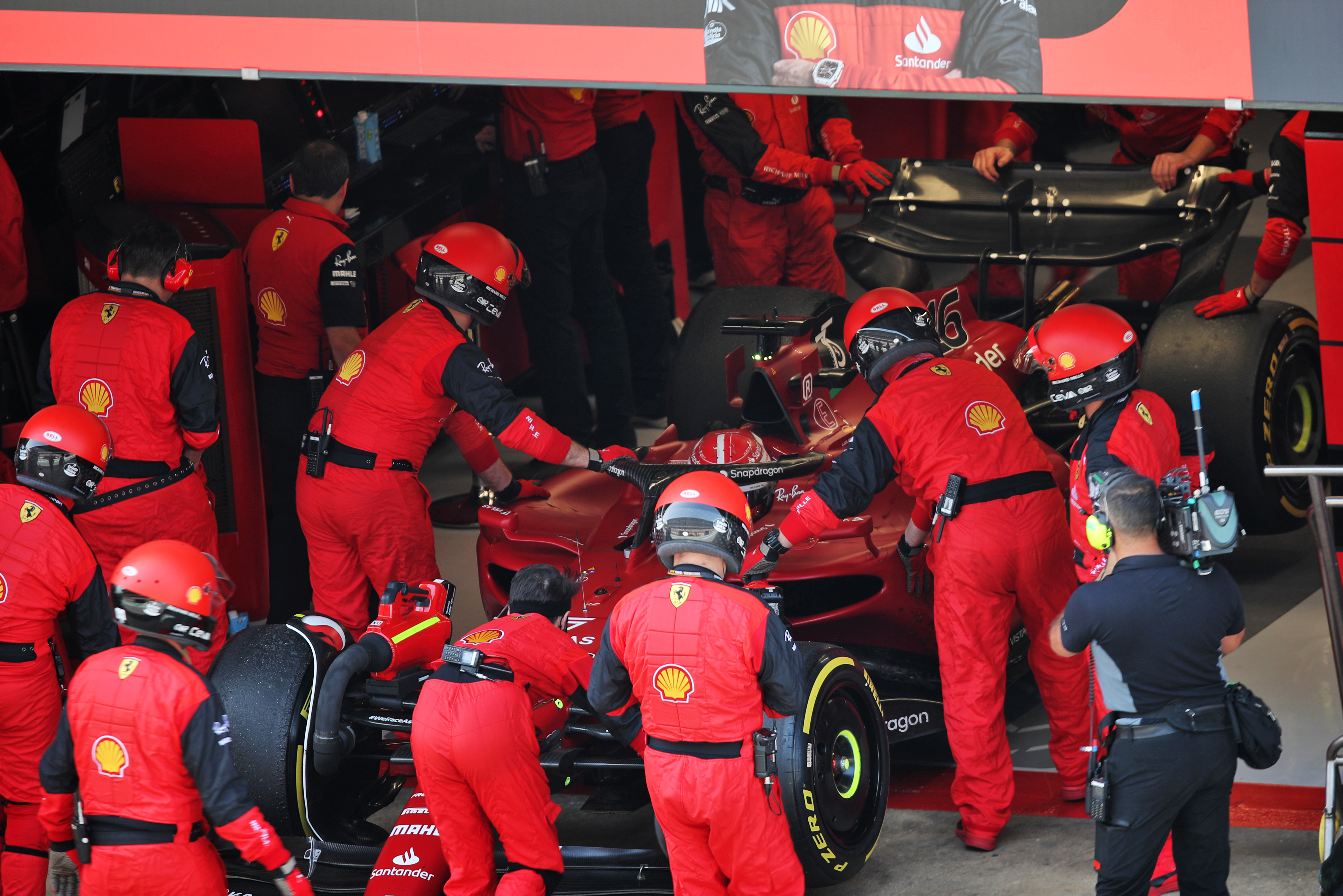
Ferrari had to run its engines more conservatively in 2022 after discovering a fundamental reliability problem in-season.
It is unsurprising that this is what Ferrari has prioritised with the permitted changes for 2023.
“Reliability was our Achilles’ heel last season and so we worked over the winter to solve our main problems to try and reach the desired level of reliability,” admitted Ferrari’s engine boss Enrico Gualtieri.
“That was our aim for 2023 and our work this winter was based on this.
“We worked mainly on those areas that gave us the most trouble last season. So we focused on the internal combustion engine and the electric motors.
“However, at the same time, we tried to capitalise on the experience gained on track last season and so we looked at all the feedback and signs of weakness from the power unit components we used.
“Clearly, this involved various design areas of some components, but at the same time, we also revised where necessary our assembly procedures.
“We worked on all areas, trying to understand the root causes of the problems we encountered on track and used all our available tools to try and solve them.
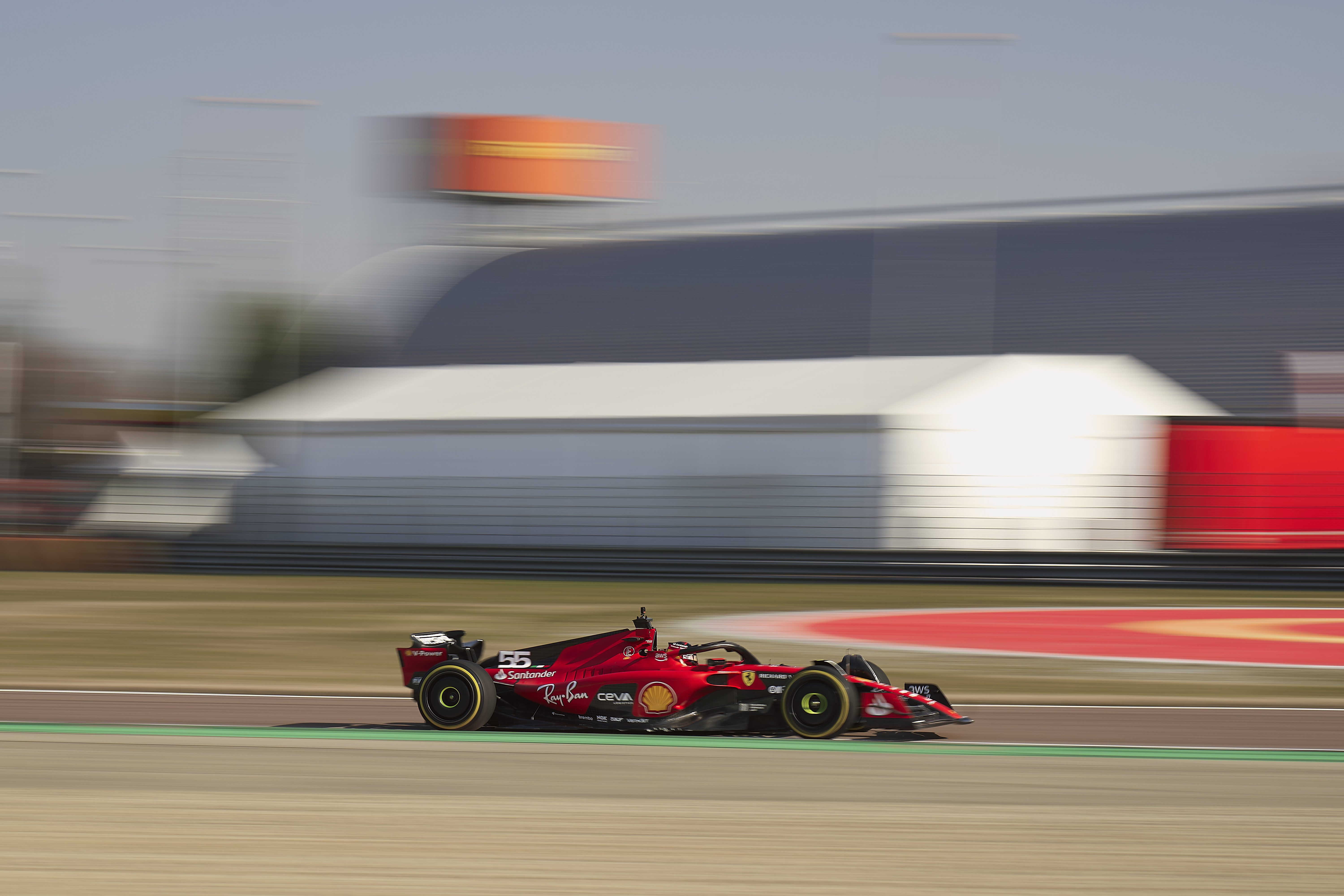
“In fact, the work involved all areas, from design to experimentation, including the assembly process, to try and test new solutions in a very short space of time.
“We also made the most of the experience gained in the second half of last season and then further evolved some of the components where necessary.
“We’ve had some positive feedback on the test bench on some of the changes we’ve introduced, but as usual, the track will tell us if we’ve done a good job.”


